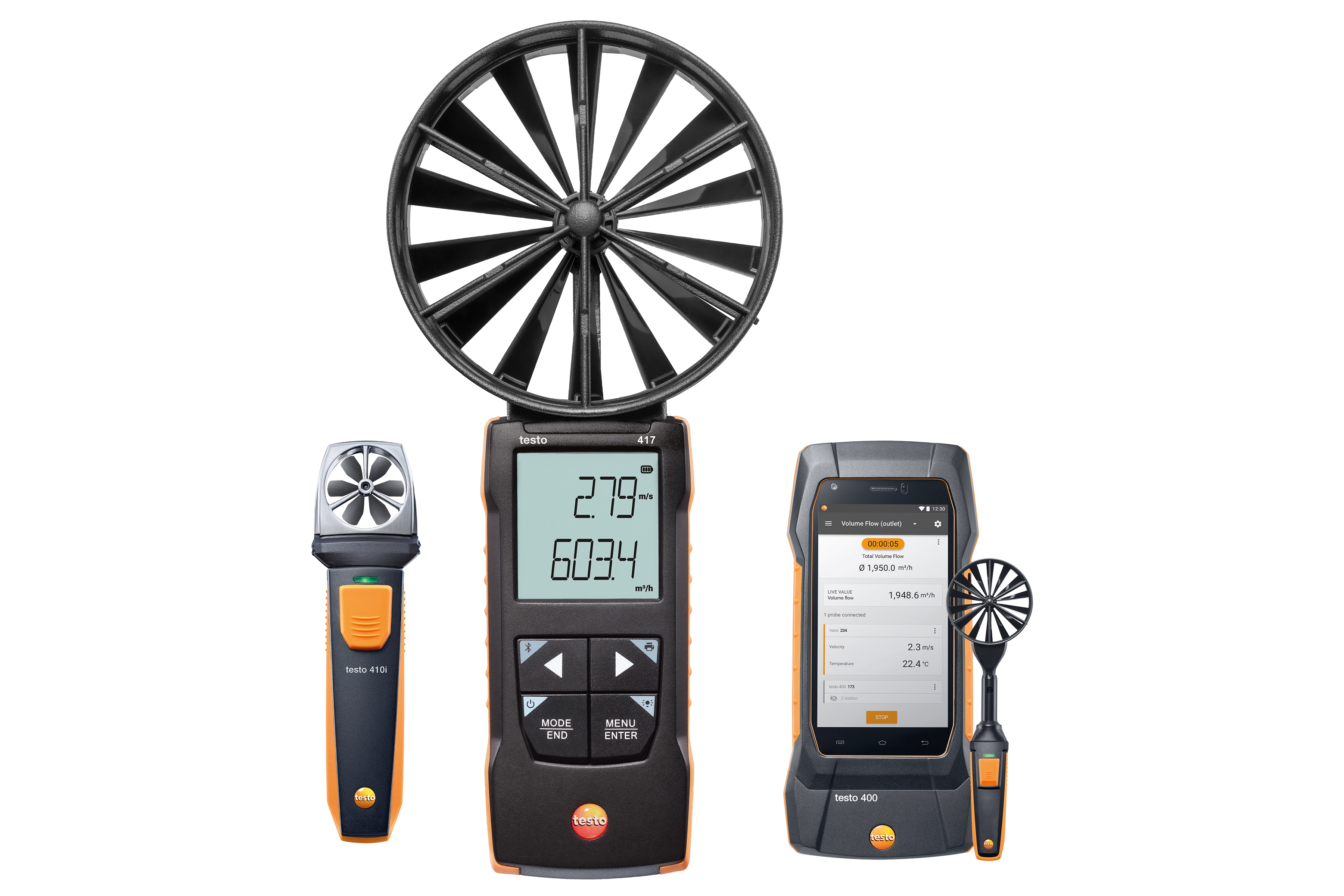All You Required to Find Out About Anemometers: How They Function, Why They Matter, and Where to Utilize Them
Anemometers, however frequently ignored in the world of clinical tools, play an important function in numerous areas, supplying important insights right into wind rate and air movement patterns. As we dive into the complexities of anemometer innovation, we will certainly reveal the internal operations of these devices, their significance, and the essential considerations when choosing the right anemometer for particular applications.

Anemometer Fundamentals
A crucial tool used to gauge wind speed and instructions, the anemometer plays a vital function in meteorology and numerous industries. An anemometer typically is composed of three or four mugs that rotate in the wind, a vane that aims into the wind, and sensors to track the activities or rotations.
There are numerous types of anemometers readily available, including cup anemometers, vane anemometers, hot-wire anemometers, and sonic anemometers, each with its special features and applications. Mug anemometers are typically made use of for basic wind rate dimensions, while vane anemometers are preferred for directional measurements. Hot-wire anemometers are ideal for reduced airspeeds, and sonic anemometers are suitable for high-precision measurements in research study and commercial setups. Recognizing the essentials of anemometers is essential for precise wind data collection and analysis across various fields.
Principles of Anemometer Operation
Structure on the fundamental understanding of anemometer fundamentals, the principles of anemometer procedure illuminate the auto mechanics behind wind speed and direction dimensions. Mug anemometers, for instance, have 3 or more mugs that catch the wind, causing them to rotate quicker as the wind speed rises. Hot-wire anemometers depend on a heated cord that cools down as wind passes over it, with the rate of cooling down figuring out the wind speed.
Value of Anemometers
Anemometers play a vital duty in gauging wind rate and instructions, supplying crucial information for weather projecting, environment researches, ecological tracking, and air travel operations. Meteorologists rely on anemometers to gather exact wind information, assisting them comprehend weather patterns, predict tornados, and concern timely warnings to the public. Wind farm drivers use anemometers to evaluate wind conditions and make best use of electricity manufacturing from wind generators.
Applications Throughout Different Industries
Applications of anemometers span throughout diverse sectors, showcasing their adaptability and utility past meteorology. In the eco-friendly energy field, anemometers play a critical function in assessing wind problems for wind farm positionings, making sure ideal power production. Industries like building and construction and mining use anemometers to keep track of wind rates, vital for security protocols, specifically when operating at elevations or in open-pit mines where strong winds can present hazards. Anemometers are likewise indispensable in the aviation market, assisting pilots in comprehending airspeed and wind instructions for secure take-offs and landings. The maritime sector gain from anemometers for ship navigating, aiding seafarers anticipate weather changes and readjust courses appropriately. In agriculture, anemometers help farmers in taking care of crop spraying by supplying real-time information on wind rate to avoid drift. Moreover, anemometers locate applications in heating and cooling systems to maximize important link air movement and enhance energy effectiveness in buildings. The diverse use situations of anemometers highlight their relevance throughout numerous sectors, highlighting their essential duty in enhancing operational safety and efficiency (anemometer).

Selecting the Right Anemometer for Your Demands
For basic objectives, a mug anemometer is ideal for determining wind rate, while a vane anemometer gives wind direction information. Hot-wire anemometers are excellent for low airspeed measurements, and ultrasonic anemometers provide high accuracy and sturdiness.

Final Thought
In final thought, anemometers play an important role in gauging wind rate and direction throughout numerous markets. Comprehending the principles of anemometer procedure is vital for selecting the appropriate gadget for specific demands. From meteorology to aeronautics, anemometers are crucial tools for ensuring and accumulating exact data read safety in different applications. When picking the most suitable gadget for measuring wind conditions., it is vital to consider the relevance of anemometers in order to make informed decisions.
There are different kinds of anemometers offered, consisting of cup anemometers, vane anemometers, hot-wire anemometers, and sonic anemometers, each with its special attributes and applications. Cup anemometers are generally utilized for standard wind speed dimensions, while vane anemometers are liked for directional measurements. Hot-wire anemometers are appropriate for reduced airspeeds, and sonic anemometers are ideal for high-precision dimensions in research study and industrial settings.Building on the fundamental understanding of anemometer fundamentals, the concepts of anemometer wikipedia reference procedure illuminate the mechanics behind wind speed and direction measurements. For general functions, a mug anemometer is ideal for gauging wind rate, while a vane anemometer gives wind instructions information.
Comments on “How to Preserve and Take Care Of Your Anemometer to Make Sure Durability”